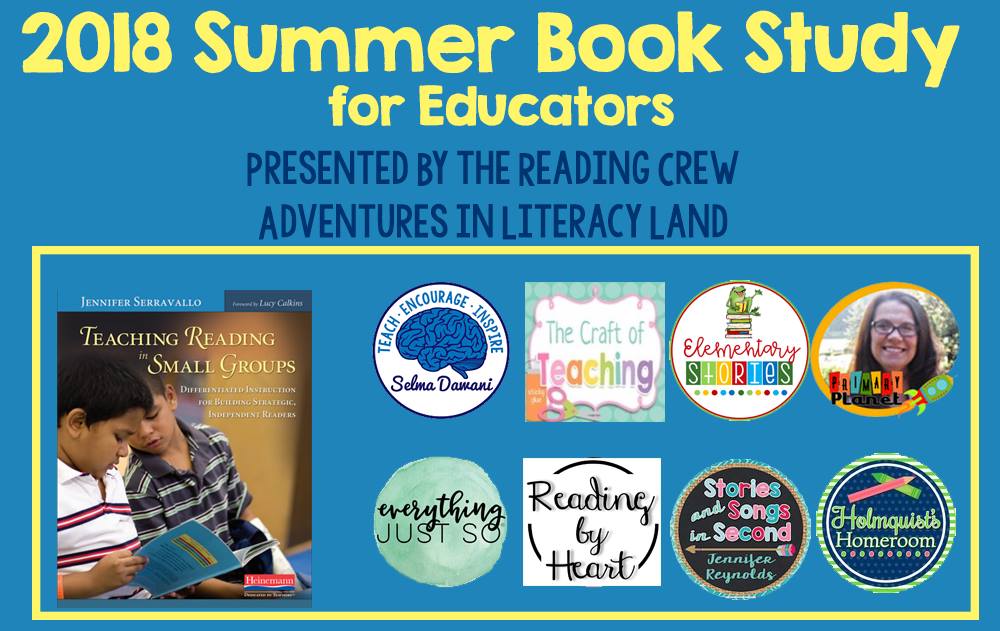Reading the book, From Striving to Thriving, is full
of thoughtfull ideas and tips that are grounded in research. My
highlighter was smoking and my pen marked up the margins like crazy. Was
this just me? I think the most common
notation I made was, “YASSS!” Maybe not the most grammatically correct, but I
sure did enjoy the reaffirmations I had page after page while reading this
book.

Teaching Reading in Small Groups: Organizing and Managing Small-Group Conferring
After reading the first seven chapters of Teaching Reading in Small Groups, by Jennifer Serravallo, I found myself thinking, "This all sounds fantastic, but how will I ever keep track of all these different groups!?" Luckily, Chapter 8 answered all my questions about organizing and managing small groups.

From Striving to Thriving: Advocate Tirelessly
Literacy instruction can take on many different forms. Some of these may be rooted in sound practices and some...well...not so much. As educators, we know that all students deserve teachers that are working to use best practice. We also know (with the help of these authors) that striving readers deserve more than mandated, unsound programs and a lack of high interest books. But how do we support change in our classrooms, schools, or districts?
Advocate.
By definition, advocate means to publicly recommend or support a cause. This can be very scary if you feel isolated or lonely. Stephanie and Annie recommend that we be literacy upstanders, that we collect, analyze, and share data, and that we keep going and growing. Let's dive just a bit deeper into each of these suggestions.
Advocate.
By definition, advocate means to publicly recommend or support a cause. This can be very scary if you feel isolated or lonely. Stephanie and Annie recommend that we be literacy upstanders, that we collect, analyze, and share data, and that we keep going and growing. Let's dive just a bit deeper into each of these suggestions.

Teaching Reading in Small Groups: Moving Readers to the Next Level
I leveled up!
This is a phrase that my pre-teen son used to exclaim with glee when he had successfully completed a level in his favorite video game.
I am stuck, Mom! Can you come help me!
This was also a phrase my pre-teen son used to utter with impatience when he just could not get past a difficult stage of his game.
This is a phrase that my pre-teen son used to exclaim with glee when he had successfully completed a level in his favorite video game.
I am stuck, Mom! Can you come help me!
This was also a phrase my pre-teen son used to utter with impatience when he just could not get past a difficult stage of his game.

From Striving to Thriving ch 7 - Assessments
I've found that there are usually two mindsets teachers have about reading assessments. The first is that while these assessments are necessary, they take away from instructional time and do not give any new information about the student. This is the, "I could have told you that!" thinking.
The second mindset thinks of assessments as providing guidance for instruction. Assessments should be formative, not summative, and provide information to help that helps us move out students forwards. This is the assessment mindset that most benefits our striving readers. We need all the information we can get to help them be successful and in this chapter, Stephanie Harvey and Annie Ward provide us with a different - broader way - of thinking about assessments.

TEACHING READING IN SMALL GROUPS: Reading With Fluency and Expression
- small group shared reading
- warm-up and transfer groups and
- performance clubs.
Jennifer Serravallo imagines both. She shows us how in this chapter on Fluency.
Subscribe to:
Posts (Atom)











